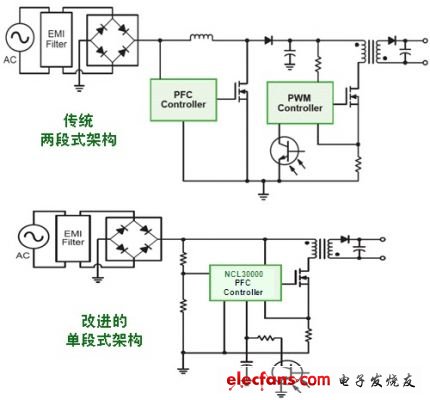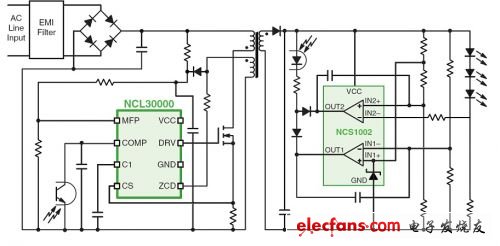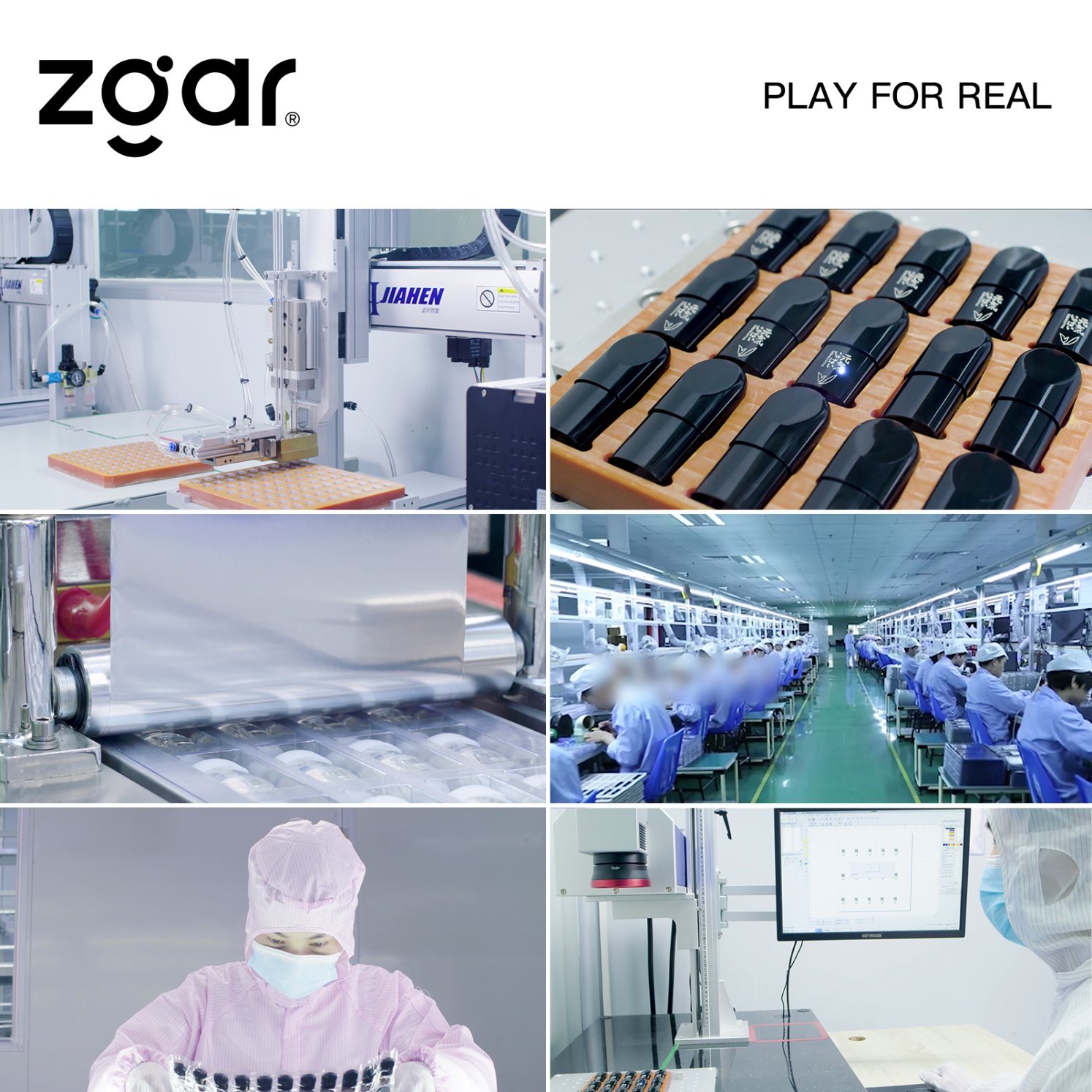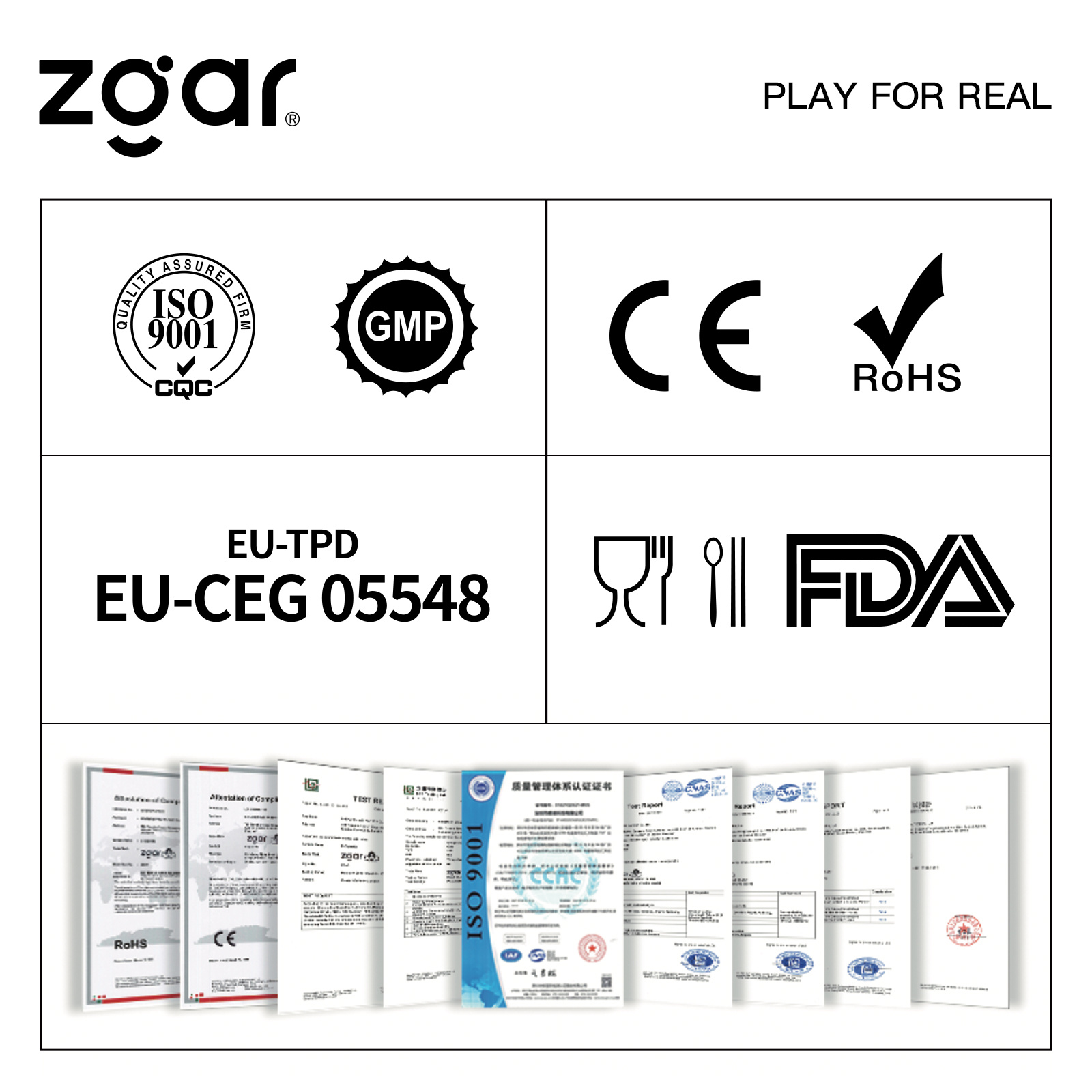In recent years, many countries around the world have been working to replace energy-efficient incandescent lamps with more energy-efficient lighting solutions such as LEDs. With the continuous improvement of light-emitting diodes (LEDs) in almost all aspects of illuminating performance, cost, etc., LEDs have become a very attractive solution in the field of general lighting. From the perspective of power supply, LED lighting also includes different types of high-voltage AC-DC, medium-voltage AC-DC or DC-DC, and battery power. This article will focus on driver solutions for low-power (typically less than 30 W) AC-DC LED general-purpose lighting applications and their examples in applications such as PAR30 and A-type lamps.
AC-DC power conversion topology comparison
For low-power AC-DC LED power conversion, different topologies such as isolated flyback or non-isolated buck can be selected. The so-called "isolation" refers to the electrical isolation between the input and output using a transformer or the like. Both of these topologies have their own characteristics. In comparison, the non-isolated topology design and circuit board configuration are simple, the board size is small, the number of components is small, and the energy efficiency is higher. The isolation topology is easy to meet the safety requirements, but the magnetic design is complicated and requires a large circuit. Board size. This article will focus on the AC-DC LED driver solution in an isolated topology.
LED driver application requirements
For LED general lighting applications, the current cost is relatively high, so high-performance LED drivers will undoubtedly be more popular. In addition, LED drivers should also have high energy efficiency (low loss), high reliability, compliance with electromagnetic interference (EMI) and harmonic content or power factor (PF) standards, flexibility, adapt to wide environmental conditions, and can be retrofitted to existing Application, support for traditional control mode work (compatible with traditional dimming).
Among them, in terms of power factor requirements, the US ENERGY STAR project solid-state lighting standard has mandatory requirements for PFC (regardless of the power level), applicable to specific products, such as recessed lights, cabinet lights and table lamps. Wait. The standard requires a power factor greater than 0.7 for residential applications and a power factor greater than 0.9 for commercial applications, while integral LED bulbs require a lamp power factor greater than 0.7 for input power greater than 5 W. Of course, not all countries absolutely mandate improved power factor in lighting applications, but some applications may have this requirement. For example, utilities may strongly promote the commercial use of products with high power factor in utilities.

Figure 1: Comparison of traditional two-stage architecture with improved single-segment architecture
NCL30000 isolated LED driver solution with high power factor
To provide a high power factor while meeting other application requirements, it is necessary to use a high power factor circuit architecture. As a result, the traditional two-stage architecture (PFC boost + pulse width modulation (PWM) flyback conversion) can not meet the requirements. Advantageously, such as the ON Semiconductor NCL30000 power factor correction dimmable LED driver with a single-segment architecture (see Figure 1), can provide a power factor of 0.9 or higher. The device is packaged in a compact 8-pin surface mount package that uses a critical conduction mode (CrM) flyback architecture to provide a high power factor of greater than 0.95 in a single-segment topology, eliminating the need for dedicated DC-DC conversion power sections. Reduce component count and reduce total system cost.
The NCL30000's constant on-time CrM operation is particularly well-suited for isolated flyback LED applications because of its simple control and high energy efficiency even at low power levels. The NCL30000 operates over a temperature range of -40 to +125 ° C, ensuring that it can be used in the different environmental operating ranges specified in most LED general lighting applications. The NCL30000 has a low startup current of typically 24 microamps (μA) and a low operating current of typically 2 mA for an energy efficient design. The device also integrates leading edge blanking (LEB) circuitry to prevent fault triggering and also integrates robust fault handling.

Figure 2: Simplified block diagram of the GreenPoint reference design for an isolated flyback LED driver based on the NCL30000
ZGAR PCC
ZGAR electronic cigarette uses high-tech R&D, food grade disposable pod device and high-quality raw material. All package designs are Original IP. Our designer team is from Hong Kong. We have very high requirements for product quality, flavors taste and packaging design. The E-liquid is imported, materials are food grade, and assembly plant is medical-grade dust-free workshops.
From production to packaging, the whole system of tracking, efficient and orderly process, achieving daily efficient output. We pay attention to the details of each process control. The first class dust-free production workshop has passed the GMP food and drug production standard certification, ensuring quality and safety. We choose the products with a traceability system, which can not only effectively track and trace all kinds of data, but also ensure good product quality.
We offer best price, high quality Vape Device, E-Cigarette Vape Pen, Disposable Device Vape,Vape Pen Atomizer, Electronic cigarette to all over the world.
Much Better Vaping Experience!


ZGAR PCC E-Cigarette Vape Pen,ZGAR PCC Device Vape,ZGAR PCC Vape Pen Atomizer,Latest Disposable E-Cigarette OEM vape pen,ZGAR PCC electronic cigarette
Zgar International (M) SDN BHD , https://www.zgarette.com